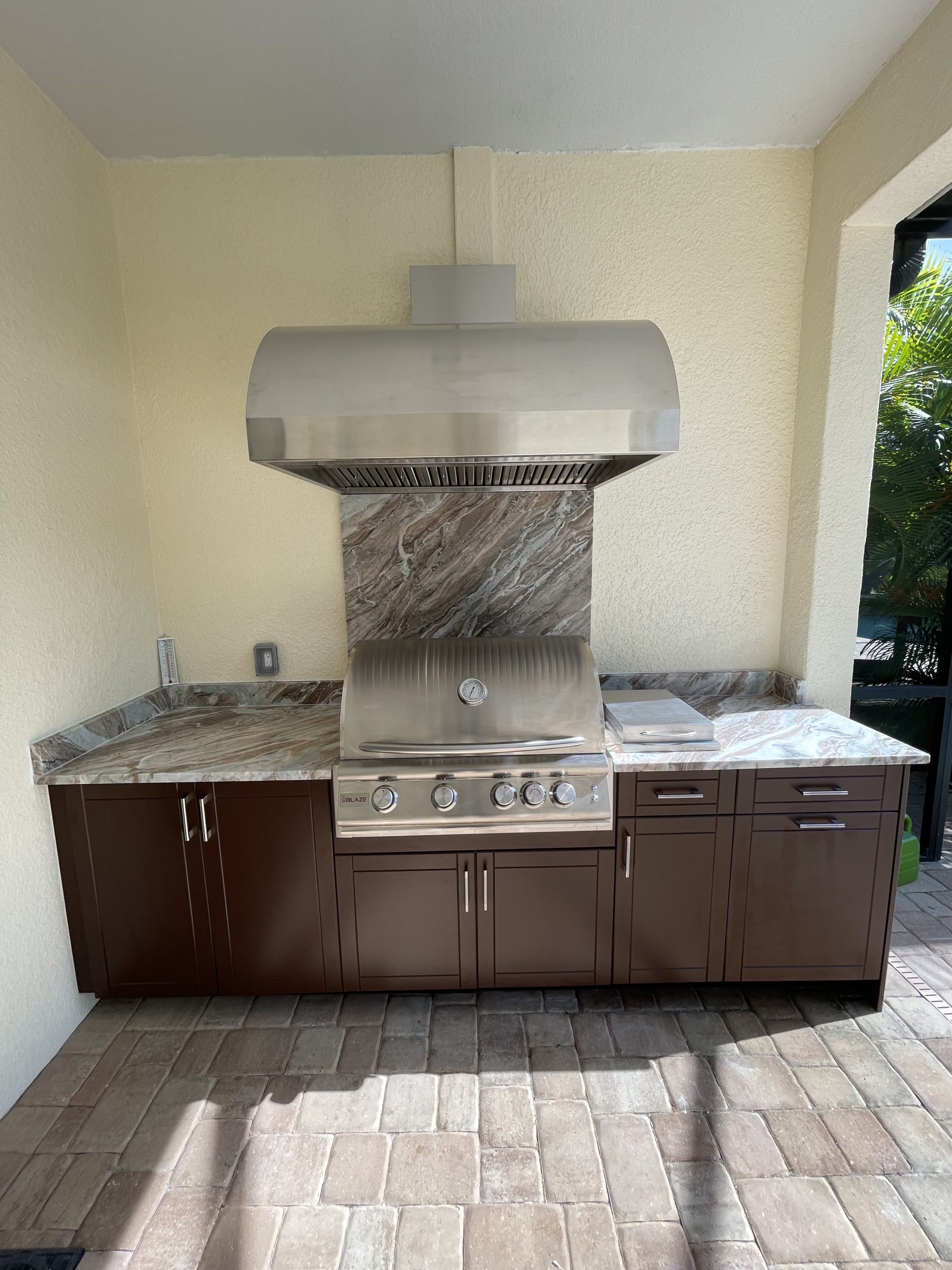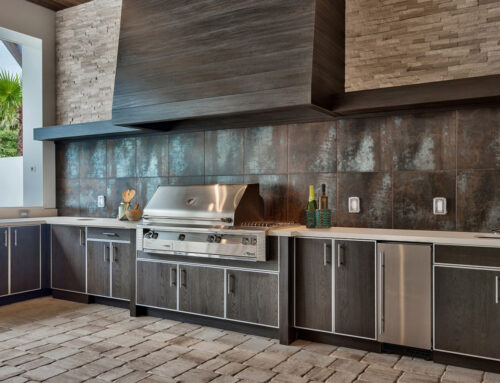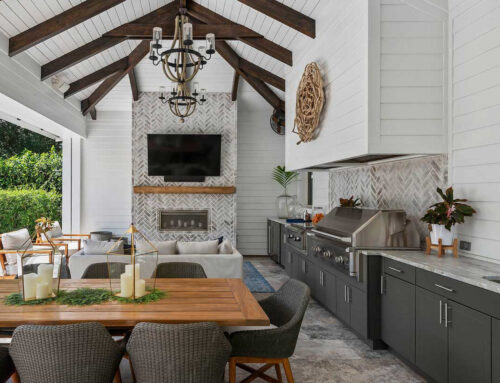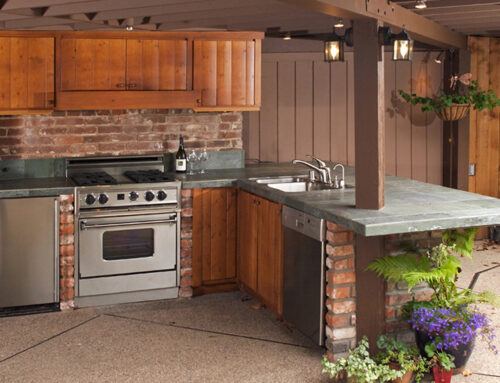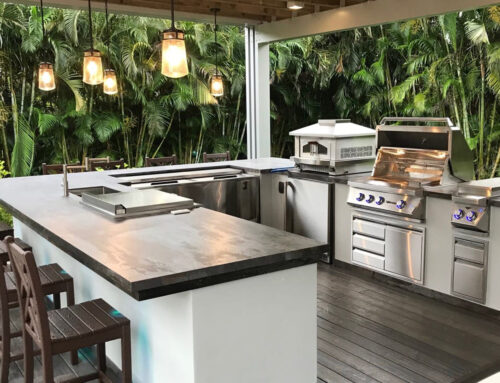One of the allures of creating an outdoor area like a kitchen, patio, or deck is the ability to spend time with friends and loved ones while out in nature. For homeowners who love nature and want to do their small part in helping the local ecosystem, there is no better way than to provide a suitable habitat for pollinators like bees. Even disregarding all of the myriad species of bees and focusing exclusively on honeybees, we can see that over $15 billion of US crops are directly pollinated by honeybees each year. Bee populations and habitats are increasingly at risk of collapse, but local homeowners can create a pollinator garden to help combat the problem in their area.
Local Bee Habitats
Over 75% of all flowering plants that help beautify your garden are pollinated by insects, with bees taking up a large percentage of that total. Even if the noble cause of increasing bee habitats does not motivate you to change up your garden, other benefits make swapping to a bee-friendly yard worth it in the long run. Florida has wide varieties of bees and plants that have evolved and grown over time to be interdependent on one another. By filling your garden with native plant species to this region of Florida, you can attract specialized pollinators that provide your plants with the best conditions to thrive and grow, reducing the need for intensive care or pesticides on your end. Native plants in bloom also attract other insect species that increase the biodiversity and health of your garden.
Creating A Florida Native Bee and Pollinator Garden
Creating a garden is much easier than most homeowners believe. In the process of creating an outdoor patio or kitchen, it is likely you also had a garden bed made to increase the appeal of the space. You can choose to convert this into a native bee haven or create a new garden bed in a different location. Once you have selected the spot to plant your new native flowers, your next step is to remove or kill off any non-native species that could choke out and stifle the growth of your upcoming seeds. A common way to do this is to cover the area with cardboard or layers of newspaper weighed down with rocks. This will prevent sunlight from reaching the grass or weeds spouting in the area, kill unwanted species of plants, and provide a starting base of organic material for worms and other decomposers to feed on to help fertilize the new bed of flowers.
Ideally, you will spread seeds in the colder months of the year, let them take root and prepare over winter, and finally bloom fully in the spring. But it is not too late! If you want to create a garden now as the weather begins to warm, the best way is to scatter seeds in the flower bed and heavily water it daily. This will provide sufficient moisture to jumpstart their growth and prevent the seeds from drying out in the sun. Keep this routine of heavy watering until the seeds sprout and are at least a few inches in height.
Each type of native flower might have different growing considerations, so choose your favorites and do more research. Regardless of your choice, local pollinators will flock to the flowers and create a real ‘buzz’ in your backyard or outdoor hangout space. Some common Florida options are Firebush, Passionflower, Goldenrod, Blanketflower, and Milkweed.
West Coast Design Build Florida knows how to create beauty in your backyard. From outdoor gourmet kitchens to beautiful decks, our designers and installers are here to help you bring your dream outdoor living space into reality.
